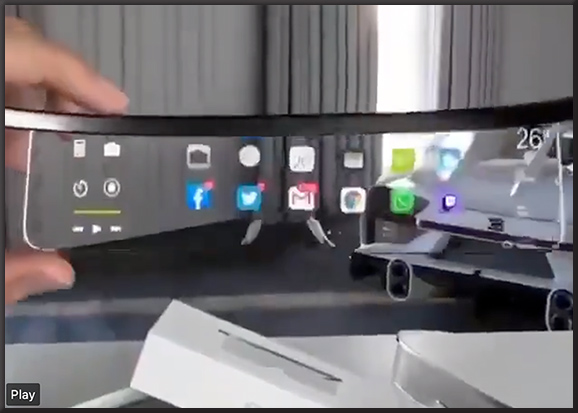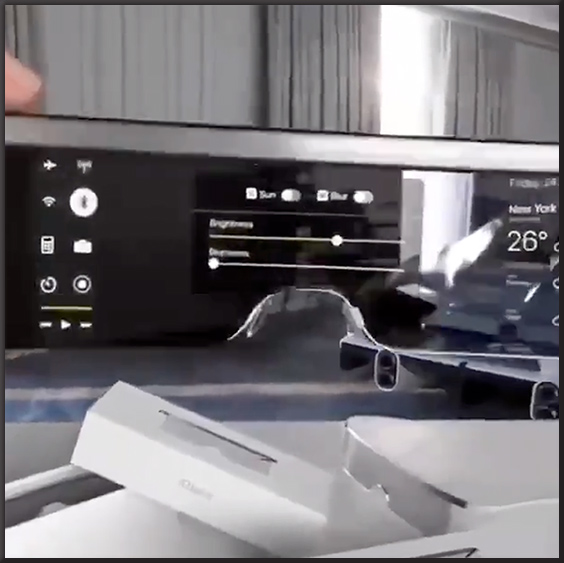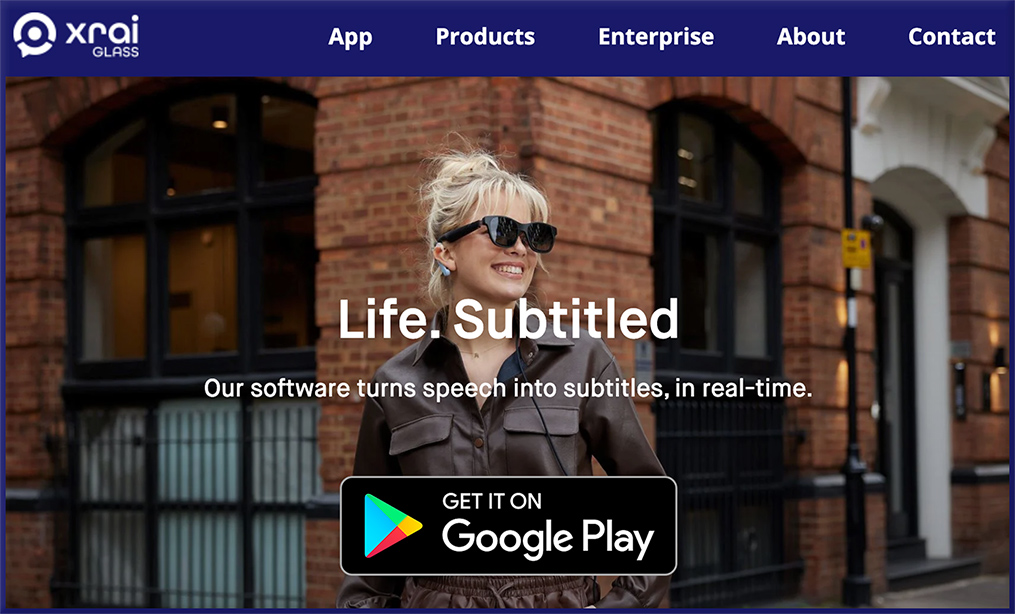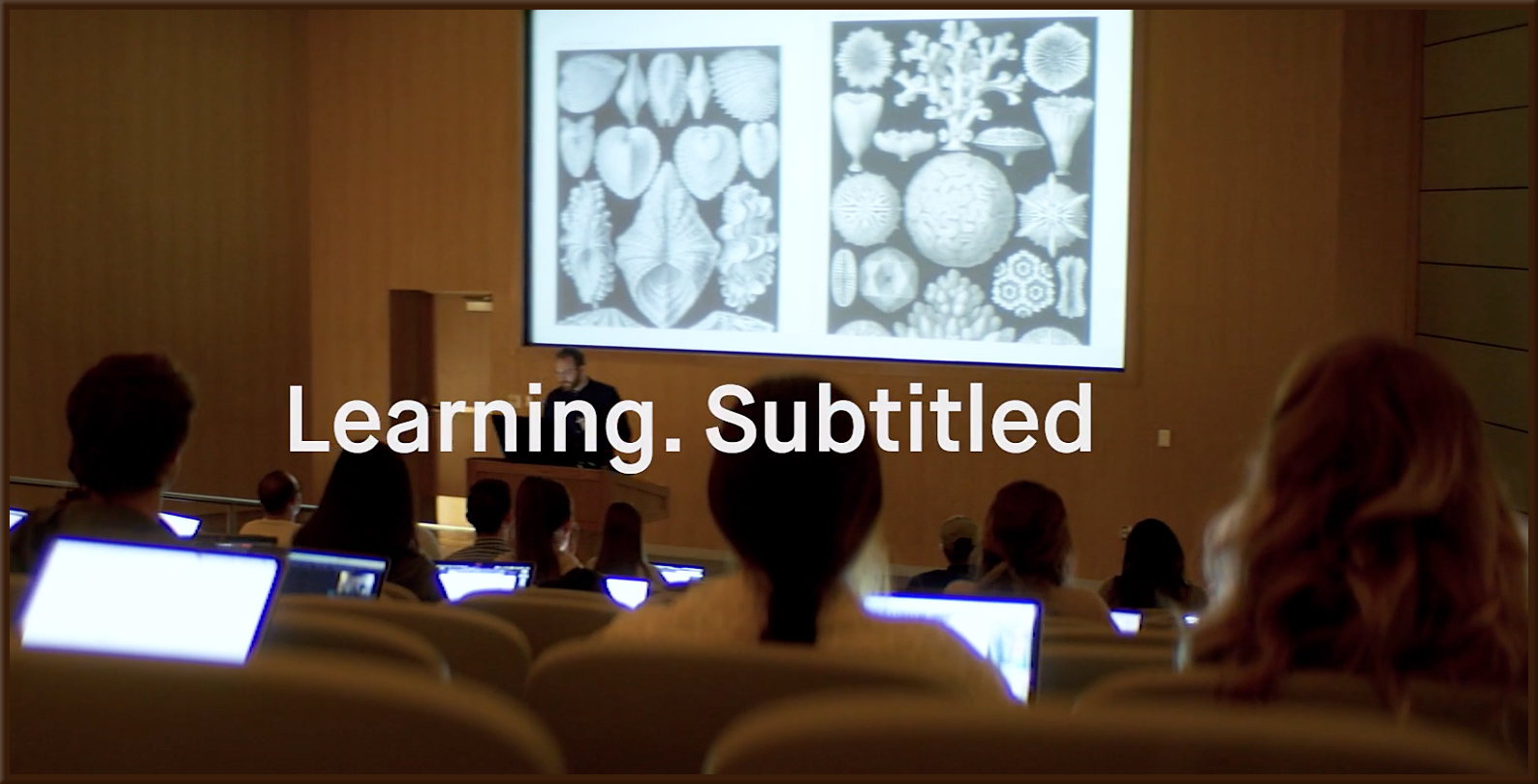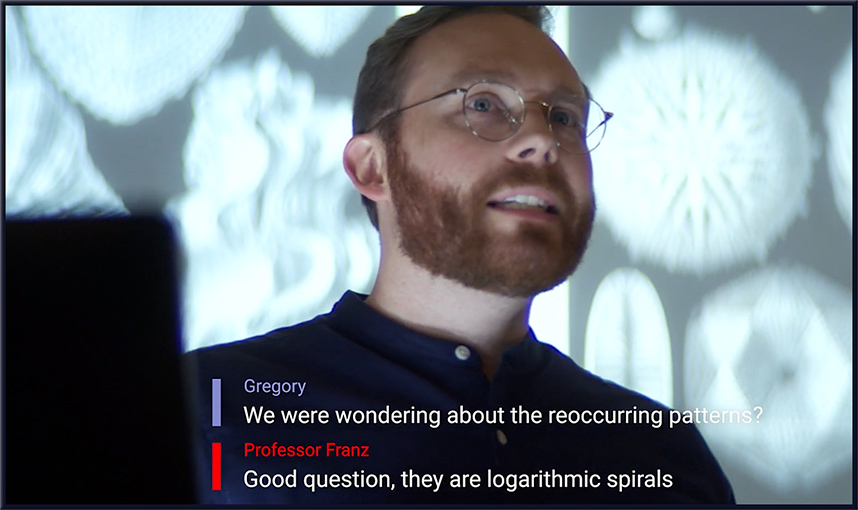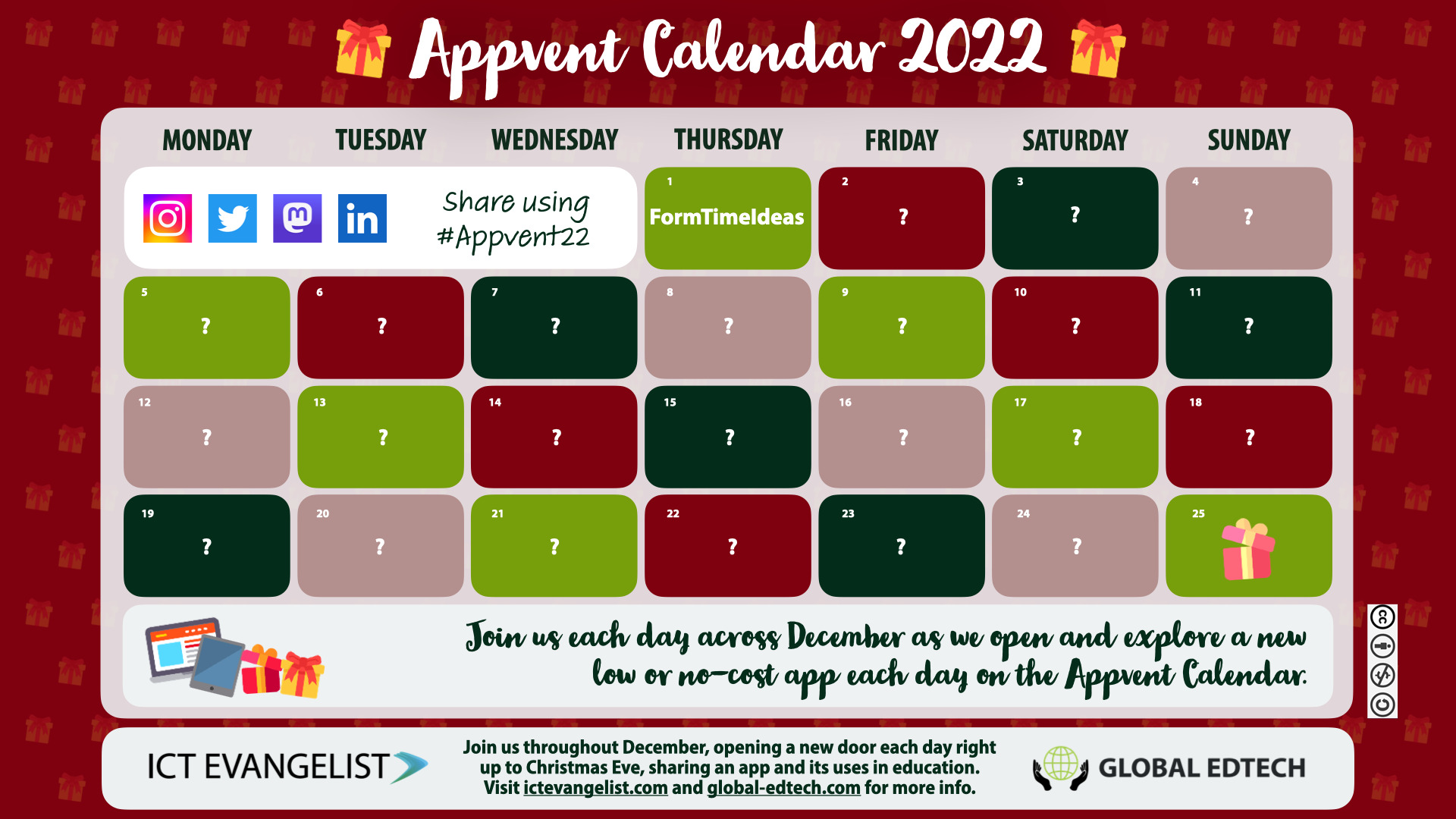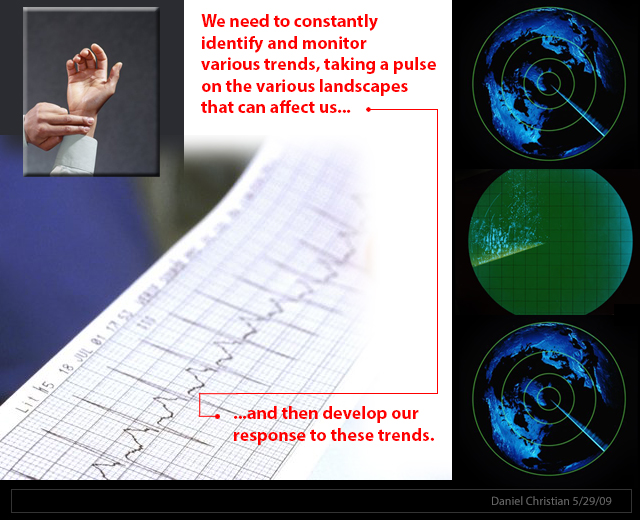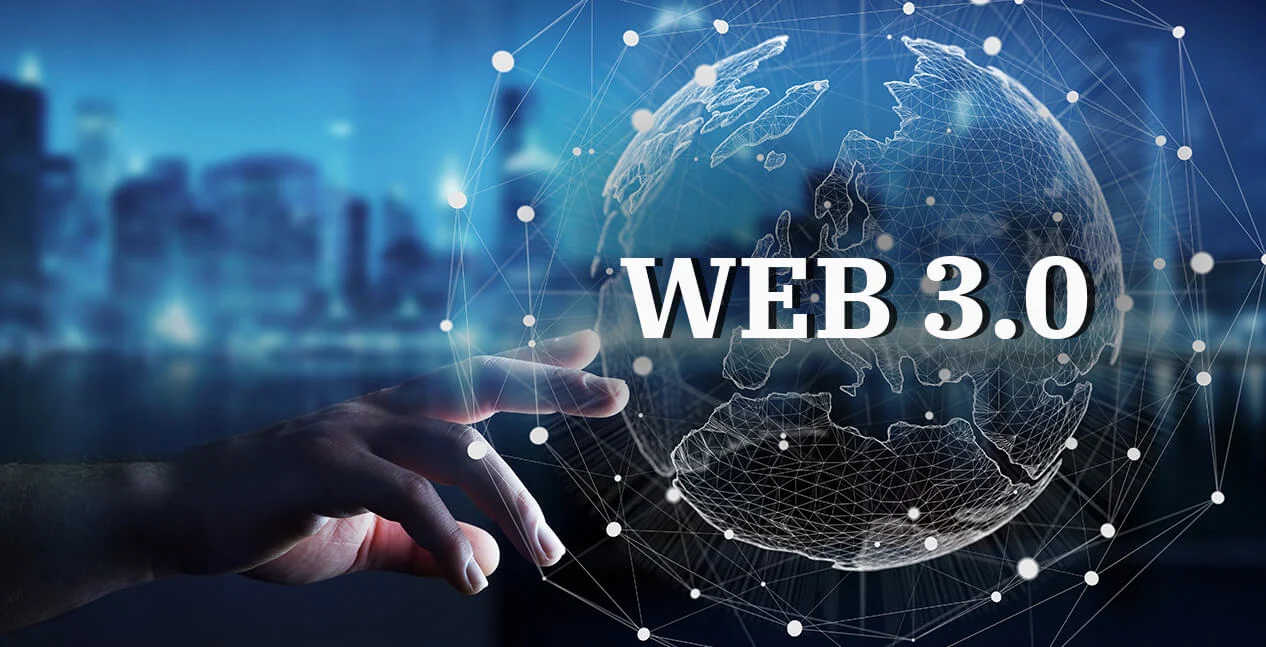This AR Art App Helps You Paint Giant Murals — from vrscout.com by Kyle Melnick
Here’s another interesting item along the lines of emerging technologies:
AR-Powered Flashcards Offer A Fresh Spin On Learning — from vrscout.com by Kyle Melnick
Excerpt:
Each SmartCard features a special marker that, when scanned with a tablet, unlocks informative virtual content students can interact with using basic hand gestures and buttons. According to its developers, Justin Nappi and Sudiksha Mallick, SmartCards can be especially useful for neurodivergent students, including those with attention-deficit/hyperactivity disorder (ADHD), autism, or dyslexia.
Future of Design – 3D Dragon on Building Example
via @Billboards3D #innovation #3D #tech #technology #iot #architecture #digital #art #mixedreality #mr #ar #dl #AugmentedReality #design #digitalart #5G #ai #digitalmarketing #ml #Creative #creativity #CES pic.twitter.com/gve0pxqQKF
— Fred Steube (@steube) January 11, 2023
From DSC:
Check this confluence of emerging technologies out!
Natural language interfaces have truly arrived. Here’s ChatARKit: an open source demo using #chatgpt to create experiences in #arkit. How does it work? Read on. (1/) pic.twitter.com/R2pYKS5RBq
— Bart Trzynadlowski (@BartronPolygon) December 21, 2022
Also see:
The Future of Education Using AR
via @gigadgets_ #AR #AugmentedReality #MR #mixedreality #ai #technology #vr #virtualreality #innovation #edtech #tech #future #medtech #healthtech #education #iot #teacher #classroom #mi #futurism #digitalasset #edutech pic.twitter.com/ZOP0l2kkoR
— Fred Steube (@steube) December 23, 2022
How to spot AI-generated text — from technologyreview.com by Melissa Heikkilä
The internet is increasingly awash with text written by AI software. We need new tools to detect it.
Excerpt:
This sentence was written by an AI—or was it? OpenAI’s new chatbot, ChatGPT, presents us with a problem: How will we know whether what we read online is written by a human or a machine?
…
“If you have enough text, a really easy cue is the word ‘the’ occurs too many times,” says Daphne Ippolito, a senior research scientist at Google Brain, the company’s research unit for deep learning.
…
“A typo in the text is actually a really good indicator that it was human-written,” she adds.
7 Best Tech Developments of 2022 — from /thetechranch.comby
Excerpt:
As we near the end of 2022, it’s a great time to look back at some of the top technologies that have emerged this year. From AI and virtual reality to renewable energy and biotechnology, there have been a number of exciting developments that have the potential to shape the future in a big way. Here are some of the top technologies that have emerged in 2022:
The talent needed to adopt mobile AR in industry — from chieflearningofficer.com by Yao Huang Ph.D.
Excerpt:
Therefore, when adopting mobile AR to improve job performance, L&D professionals need to shift their mindset from offering training with AR alone to offering performance support with AR in the middle of the workflow.
The learning director from a supply chain industry pointed out that “70 percent of the information needed to build performance support systems already exists. The problem is it is all over the place and is available on different systems.”
It is the learning and development professional’s job to design a solution with the capability of the technology and present it in a way that most benefits the end users.
All participants revealed that mobile AR adoption in L&D is still new, but growing rapidly. L&D professionals face many opportunities and challenges. Understanding the benefits, challenges and opportunities of mobile AR used in the workplace is imperative.
A brief insert from DSC:
Augmented Reality (AR) is about to hit the mainstream in the next 1-3 years. It will connect the physical world with the digital world in powerful, helpful ways (and likely in negative ways as well). I think it will be far bigger and more commonly used than Virtual Reality (VR). (By the way, I’m also including Mixed Reality (MR) within the greater AR domain.) With Artificial Intelligence (AI) making strides in object recognition, AR could be huge.
Learning & Development groups should ask for funding soon — or develop proposals for future funding as the new hardware and software products mature — in order to upskill at least some members of their groups in the near future.
As within Teaching & Learning Centers within higher education, L&D groups need to practice what they preach — and be sure to train their own people as well.
8 Ways to Use QR Codes in Higher Education Classrooms — from er.educause.edu by Tolulope (Tolu) Noah
Excerpt:
QR codes open up a world of possibility in the higher education setting. They provide a quick and easy way for students to access instructional materials, and they complement the design of more interactive and engaging learning experiences.
From DSC:
QR codes can bridge the physical world with the digital world — which is something about to take an exponential leap as more AR and MR-based hardware and software solutions hit the marketplace in the near future.












